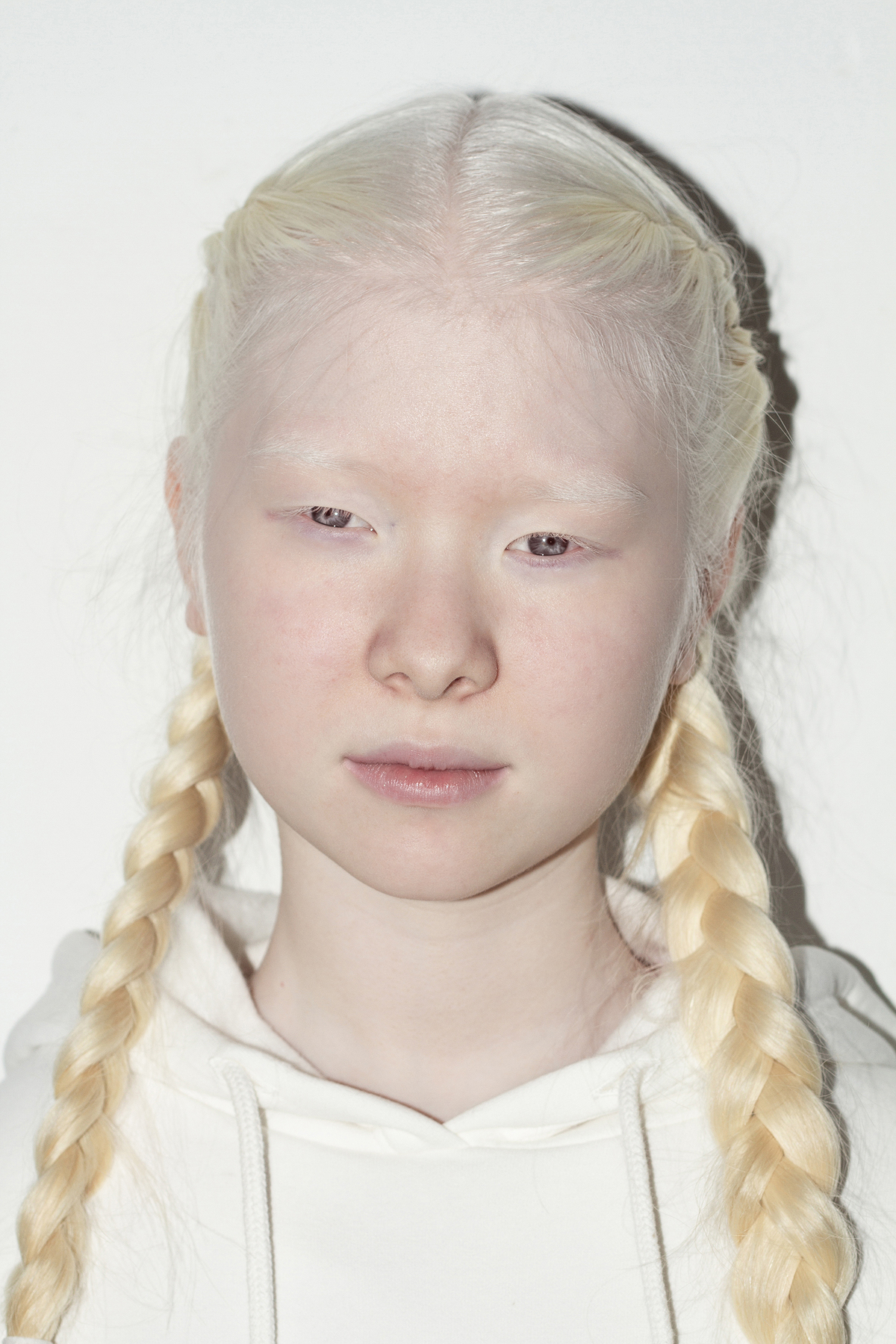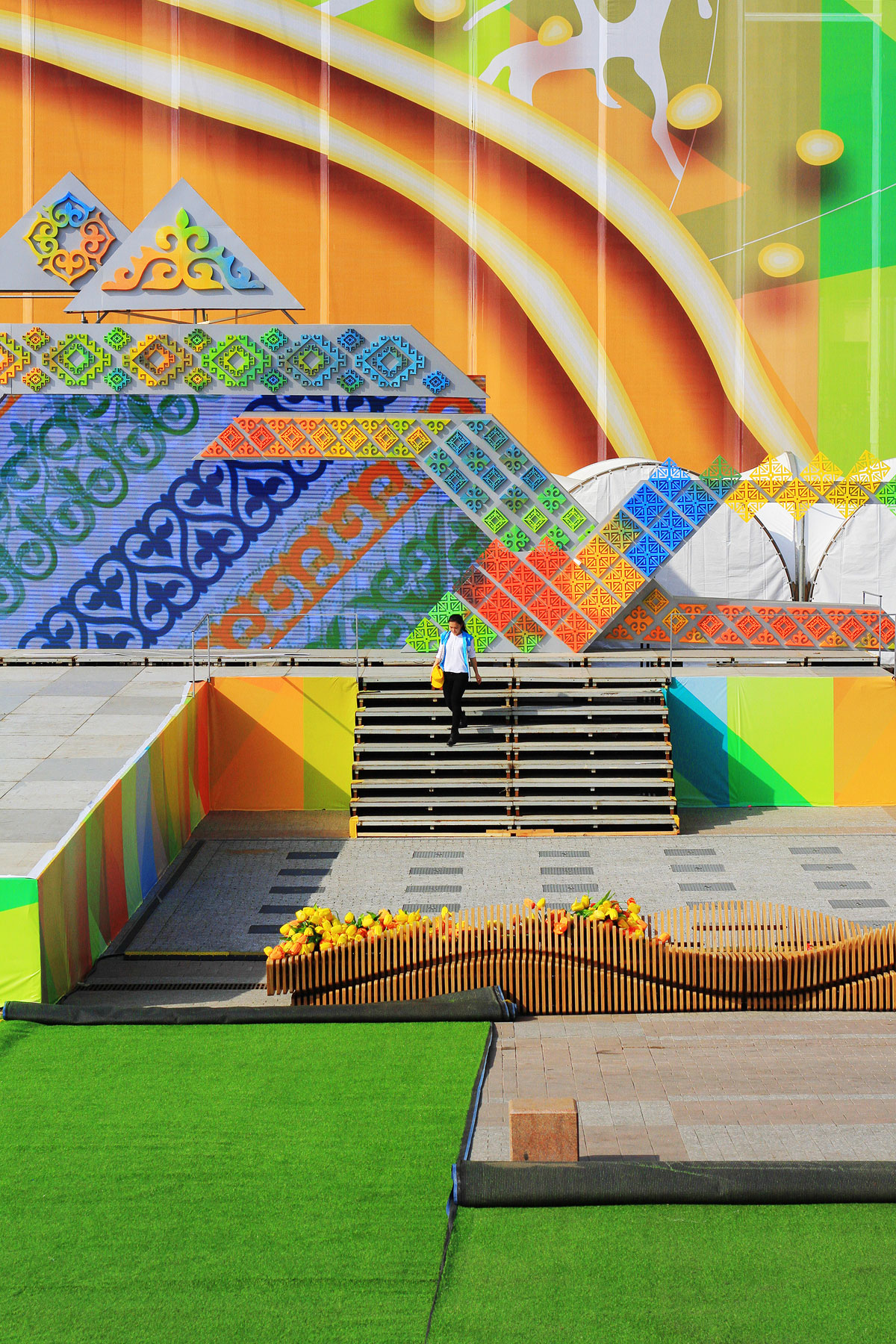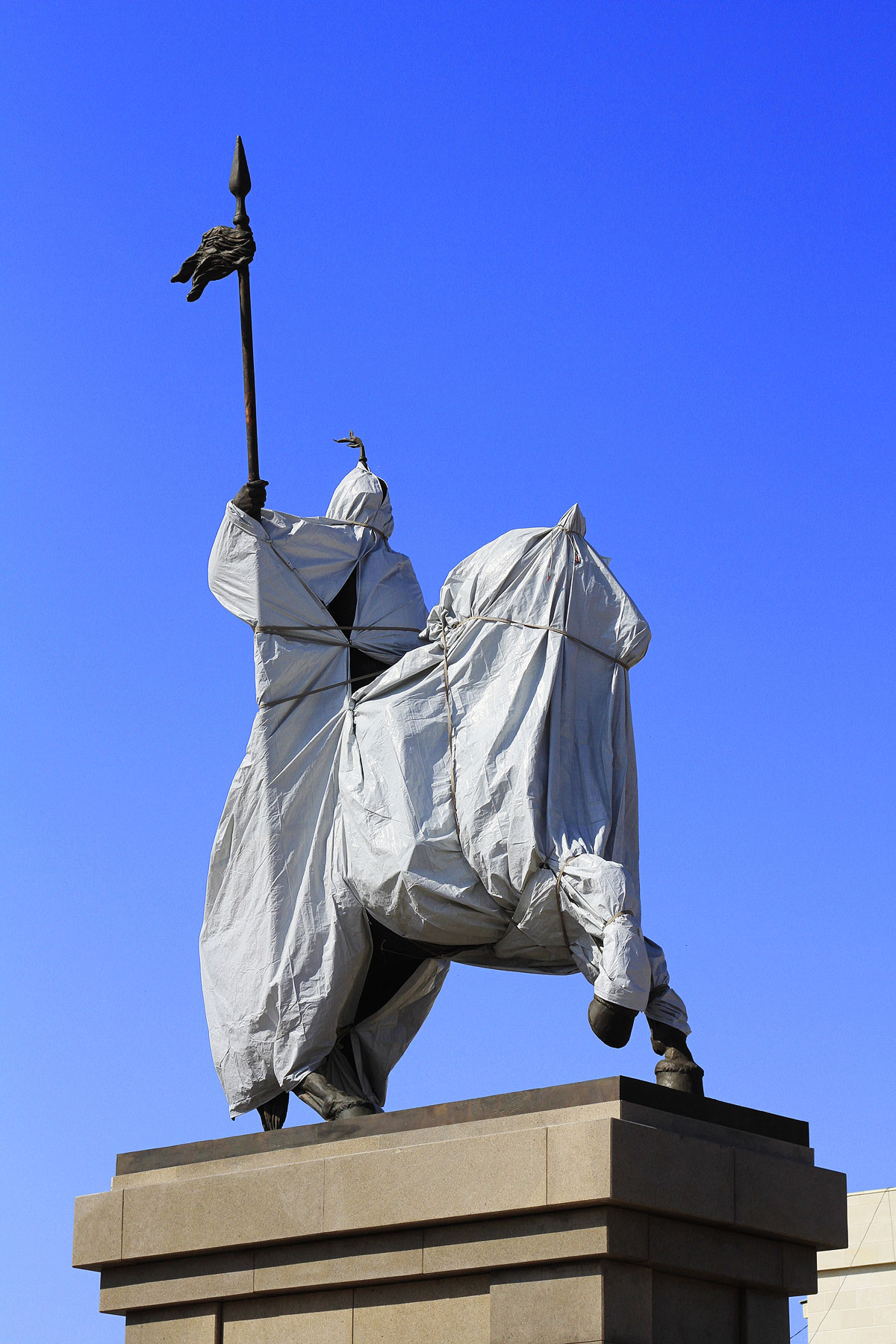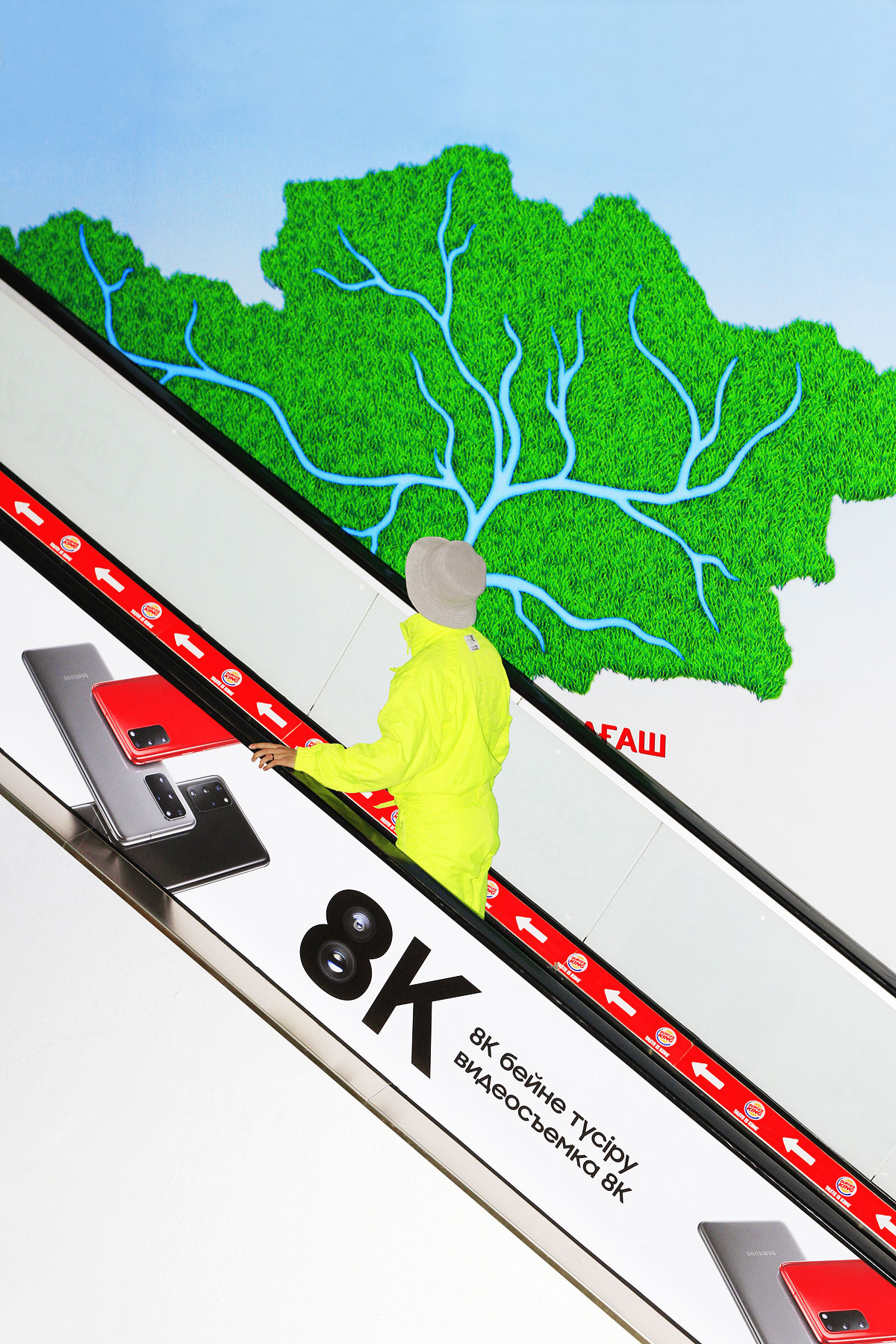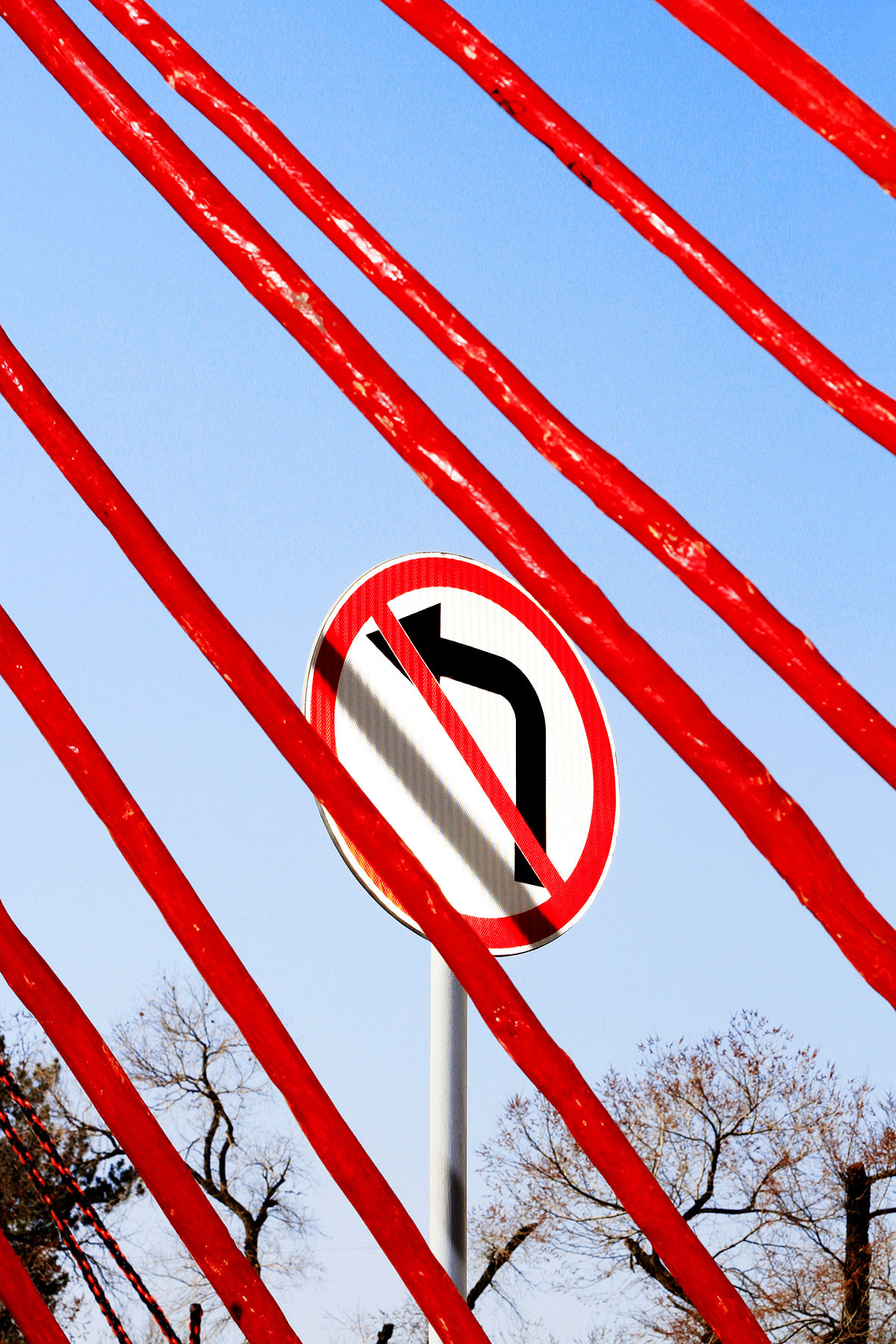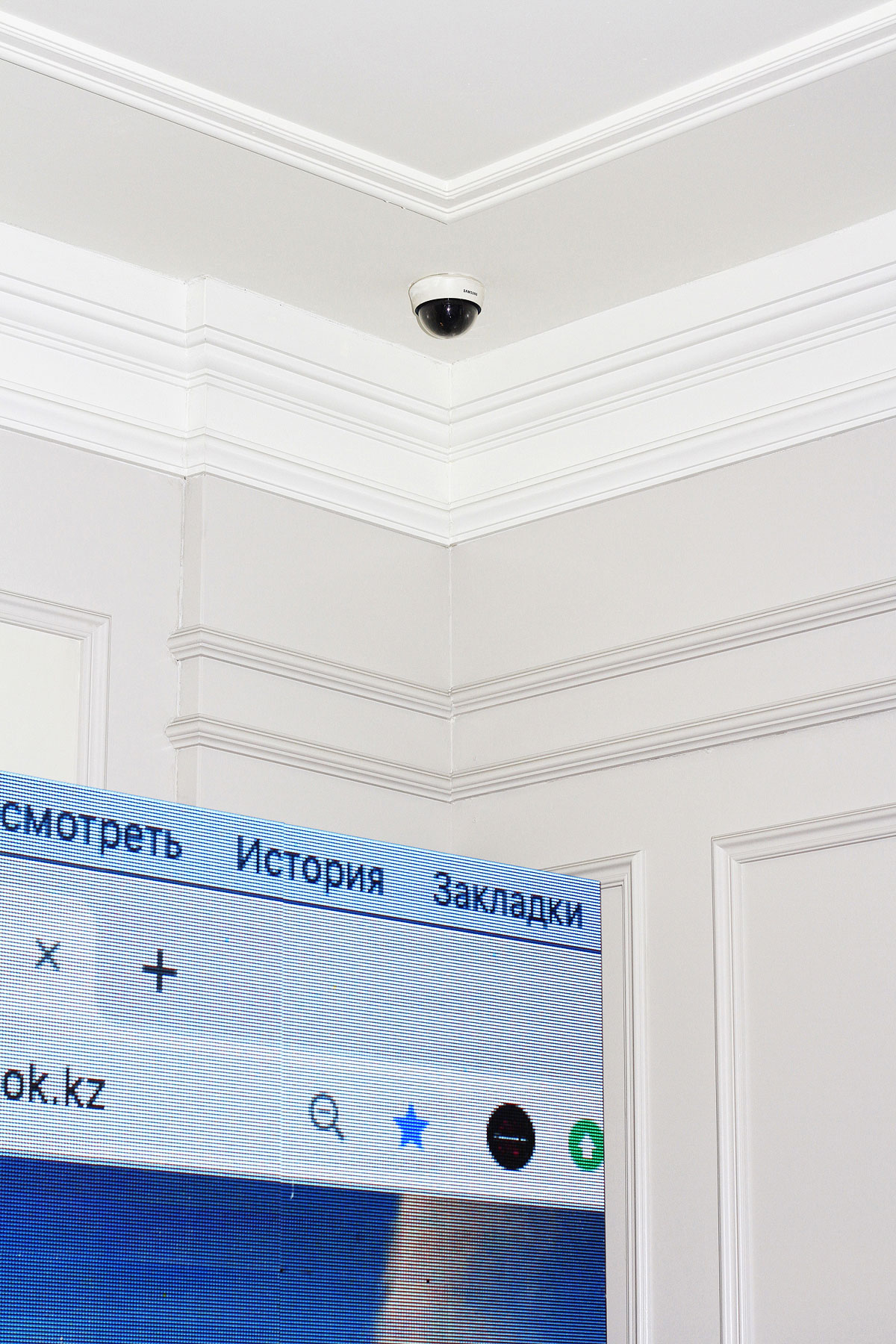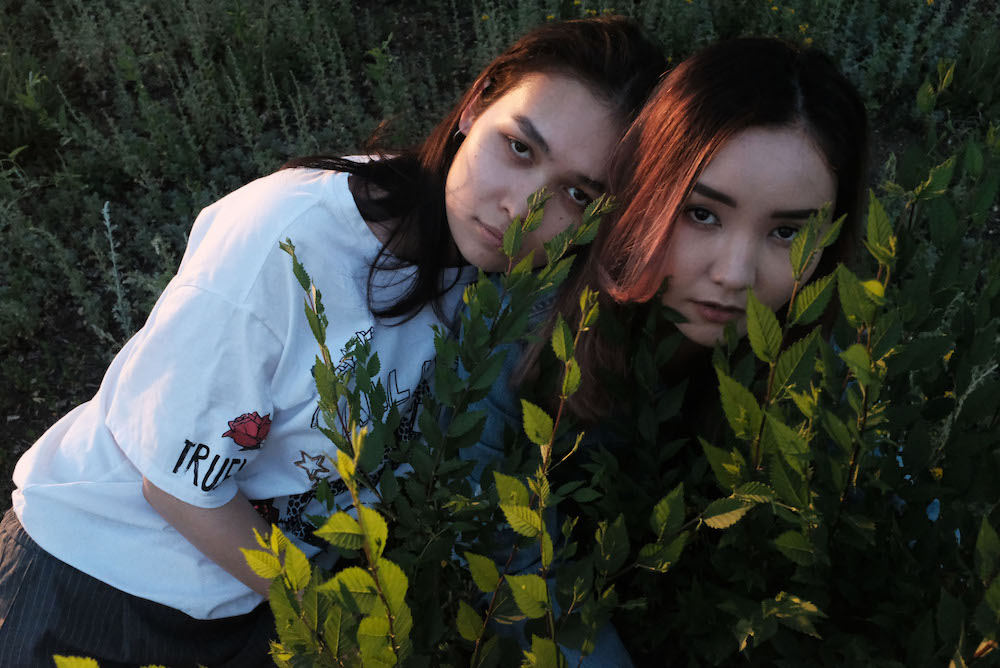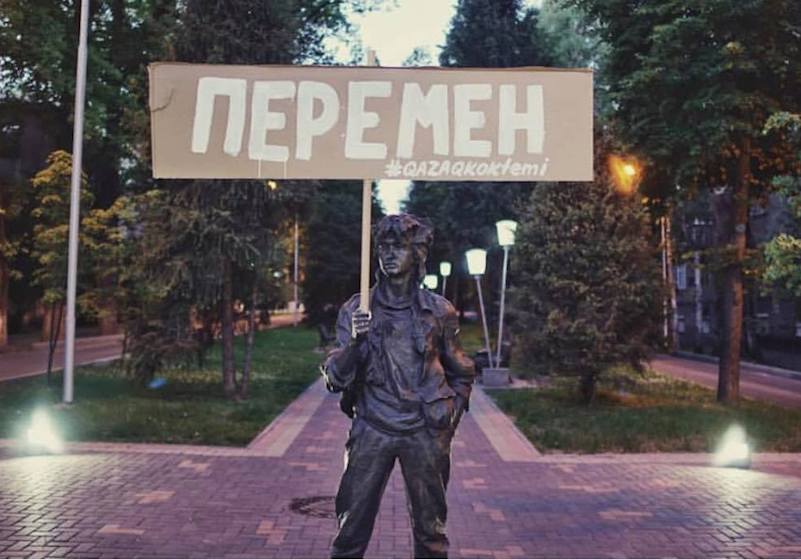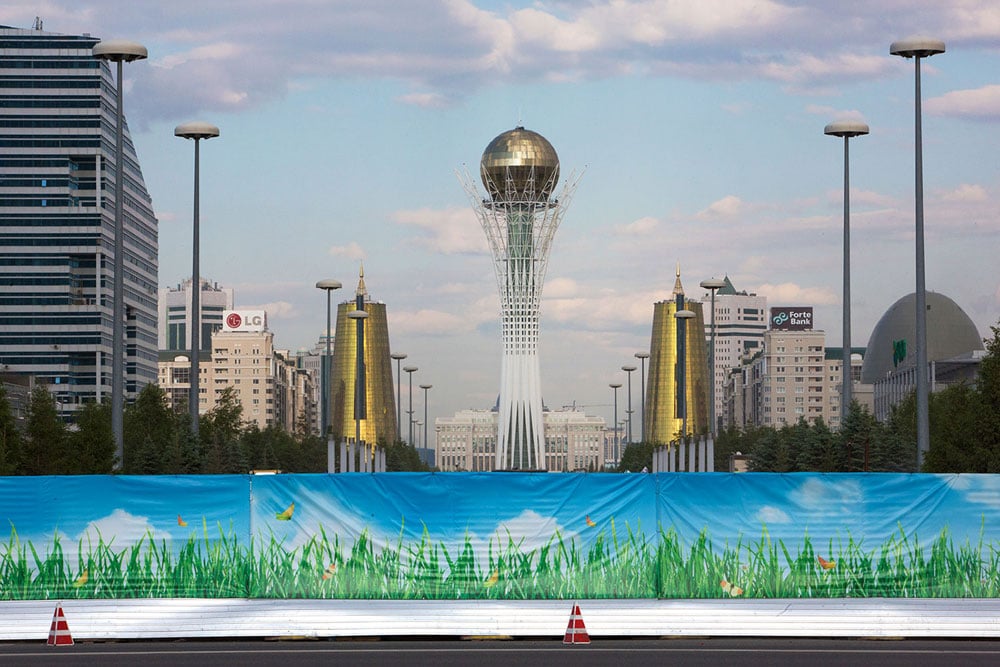Facial recognition and folklore: as Kazakhstan looks to 2050, photographer Marat Dilman captures his country’s fascination with tradition
Futuristic, elaborately peculiar, and deeply engrossing, the photographs of Marat Dilman juxtapose mythology and innovation, traditional and modern ways of living in today’s Kazakhstan. Born in 1990, he grew up in a newly-independent Kazakhstan immersed inside science-fiction worlds dreamt by Hollywood: blockbuster franchises such as The Terminator, The Matrix, and Star Wars. “As a child, I would draw everything that caught my eye from these movies: robots, spaceships, and fantastic creatures,” the Almaty-based photographer recalls. “When I was just starting out in photography and was searching for visual language, I thought back to my childhood drawings. [My childhood work] was bright, fantastical, and futuristic — and was something I loved doing wholeheartedly.”
An even bigger influence for Dilman has been Kazakhstan’s own ever-shifting identity. Since the fall of the USSR, Dilman and his young peers have witnessed the country undergo rapid socio-political changes, including the ambitious construction of a new capital, Nur-Sultan (known as Akmola between 1997-8, and as Astana until 2019), which boasts a spectacular skyline designed by the global star-architects, and the resignation of the country’s first president, Nursultan Nazarbayev, in 2019. It was Nazarbayev who outlined plans to establish Kazakhstan as a leading nation in global economy, tourism, technology by 2050. So far, it’s Kazakhstan’s cities — namely Nur-Sultan, and the former capital, Almaty — which have experienced significant transformations, while the pace of change has been slower in rural areas. Dilman’s photographs are a testament to Kazakhstan’s visually hybrid landscape, where showpiece architecture stands beside decorative mosques.
The photographer has also been following Kazakhstan’s advancements in robotics. In 2015, he read an online article about two student-built robots, “Arman” (Dream) and “Shalpan” (Venus) developed at the Almaty International IT University. The robots, which had been built to function as assistants for public services, were equipped with QR scanners and cameras, and decorated with Kazakh ornaments. “I like the aesthetics that mix traditionalism with something novel, like robotics,” he explains.
This amalgamation is most apparent in a photo of two hands from 2020: one is a robotic prosthetic, while the other is clad in besblezik, traditional Kazakh jewellery. The prosthetic hand belongs to “Ayman Cybergirl,” a model that Dilman discovered on Instagram. Before he found her, he envisaged an image of “one hand representing customary tradition and the other technology.” Elsewhere, Dilman captures a Kazakh musical instrument called a dombra covered in electronic appendages, a skeletal structure with an exposed network of electric cables wearing a tubeteika cap, and a QAZBOT robot decorated with the country’s national emblem — a blend exploring contemporary Kazakhstan through futurism and folklore.
Besides technology, Dilman photographs contemporary architecture, historic mosques, nomadic yurts, and monuments. Since the Soviet collapse in 1991, Kazakhstan has seen a vast removal of monuments dedicated to Soviet “heroes”. Over the years, Lenin statues have been replaced with Central Asian batyrs and other local historical or high-ranking figures. Dilman captures this period of change with an image of a draped statue against the crystal blue sky — a hidden ghost in plain sight. In other photos, he juxtaposes yurts with the colours of traffic signage, and clunky air conditioning units with beautifully embellished ornaments.
Dilman constantly draws our attention to the omnipresence of new cameras, their shining lenses poking out of peeling surfaces or, as in one photo, hanging beside a koz monshak amulet, a “seeing eye”. These cameras are part of a larger initiative to introduce facial recognition technology on electric buses. Rather than feeling oppressed by these surveillance cameras, Dilman documents them with his own curious gaze.
“A big part of my art is what I see, the reality surrounding me,” the photographer says, He reveals that Covid-19 restrictions have made it challenging for him to go out and shoot in the way he’d like. He’s used to travelling the country in order to be inspired by new ideas and visuals. “In the last few years, I traveled to Taldykorgan to photograph student-built robots, to Semey to shoot the dombra, and last year I traveled around Western and southern Kazakhstan,” he says. A penchant for travel, coupled with his interest in shooting vivid single images as opposed to stories, is what makes his work so unpredictable and absorbing.
At the end of March, Dilman plans to photograph Nauryz (New Day) festivities in Almaty, Kazakhstan’s celebration to mark the arrival of spring. When shooting events and national holidays, he says he likes to photograph the lead up to the day, to capture the set-up of lights and stages or capture the behind-the-scenes of rehearsals. He is fascinated by how the city is prepped and reshuffled for a big event such as this, as well as the visual combination of pop-up structures, high-tech equipment, and national costumes.
Beyond these temporary spectacles, Dilman’s aim is to capture the subtle ways in which national identity is constructed and contemporary mythologies are invented. “By 2050, Kazakhstan is supposed to become one of the most technologically advanced countries in the world. I think it’s crazy it hasn’t happened sooner,” he comments. “Considering the amount of natural riches we have in this country, these progressions should be happening faster. Instead, the [Kazakh currency] tenge has been devalued twice, and incomes aren’t improving or rising. There isn’t any visible sign of progress; it’s all happening very slowly.” However, he remains positive — largely thanks to the increase of talented young artists and activists participating in socio-political events, protests, exhibitions. “There is hope in our youth,” he says.
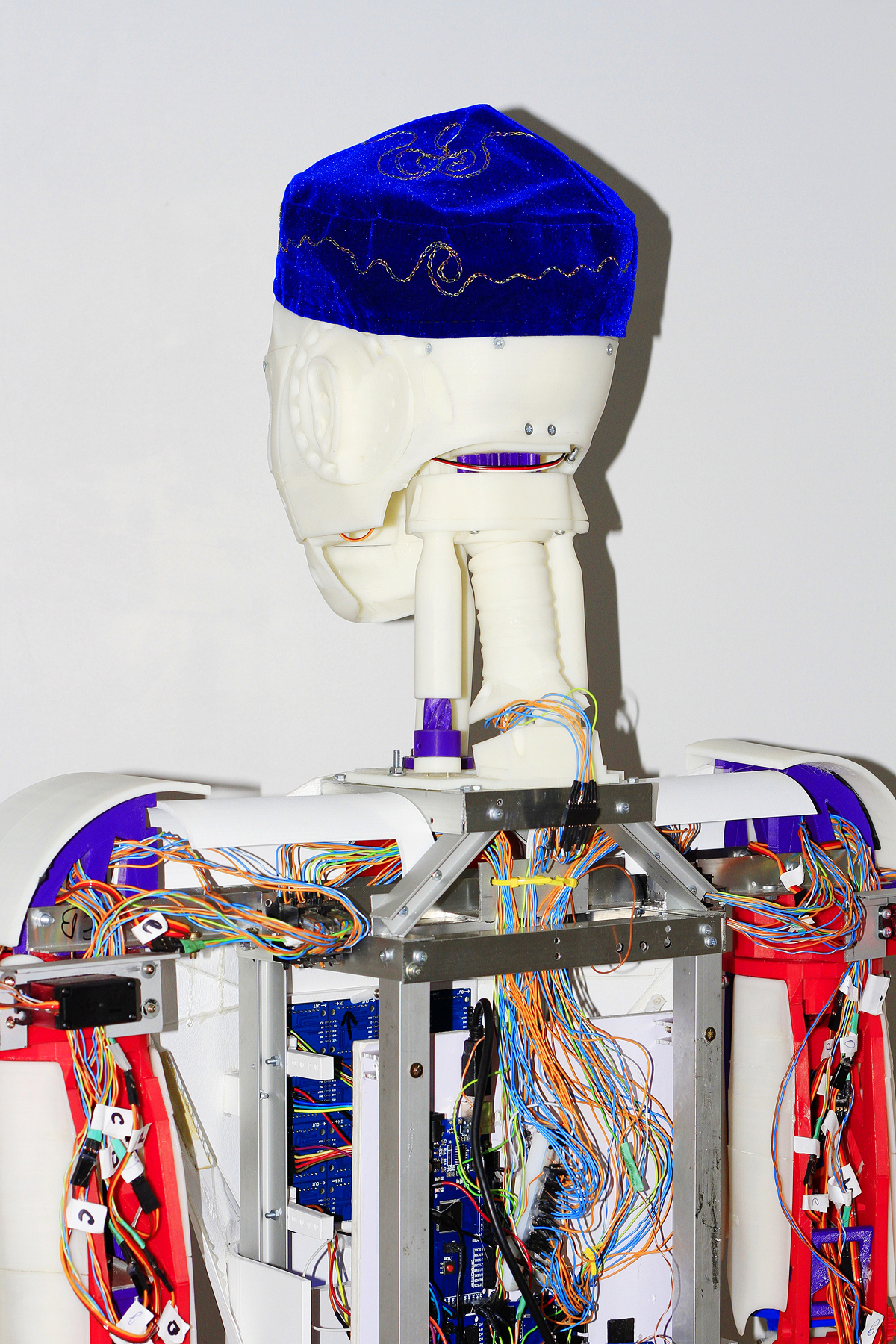
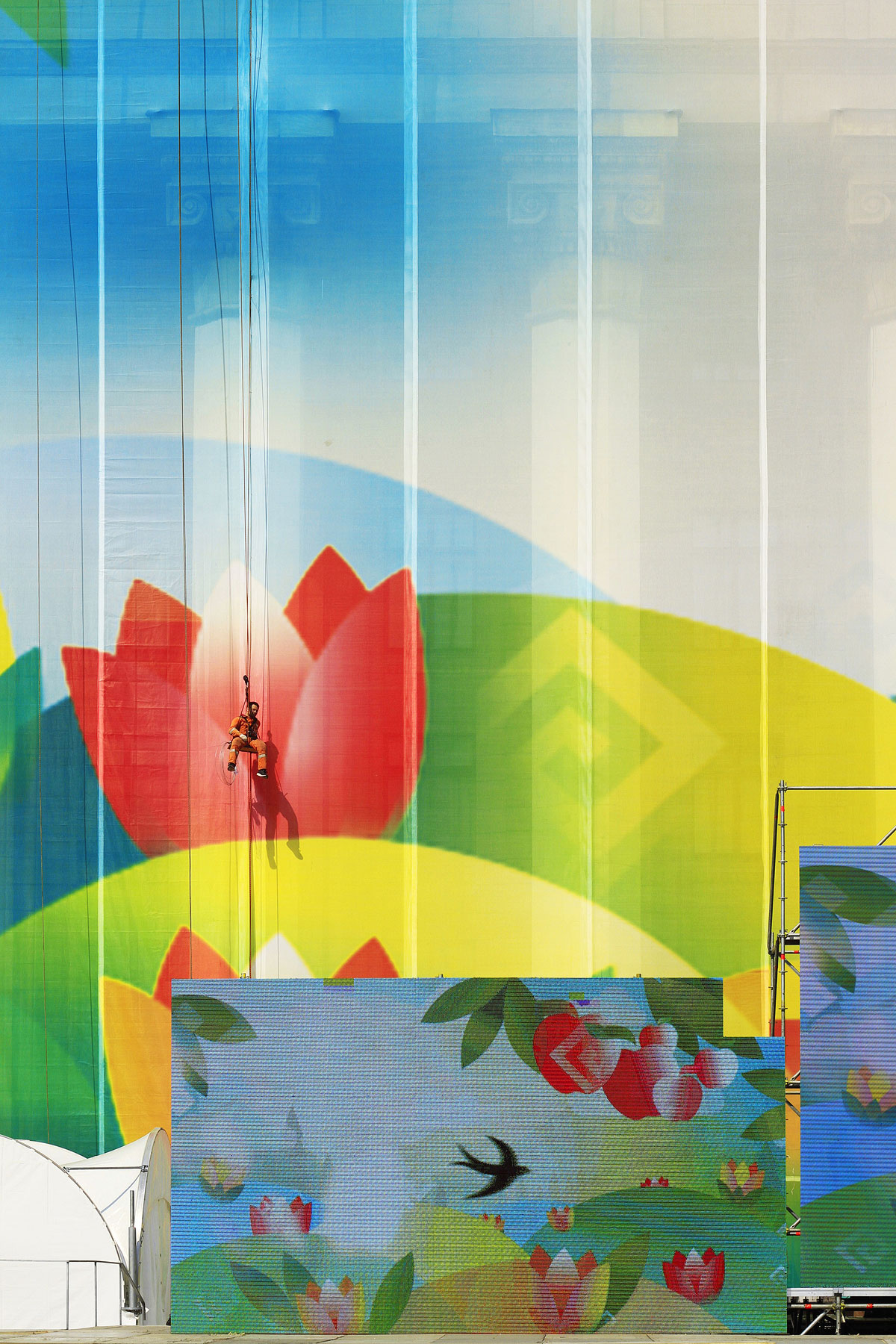
.jpg)
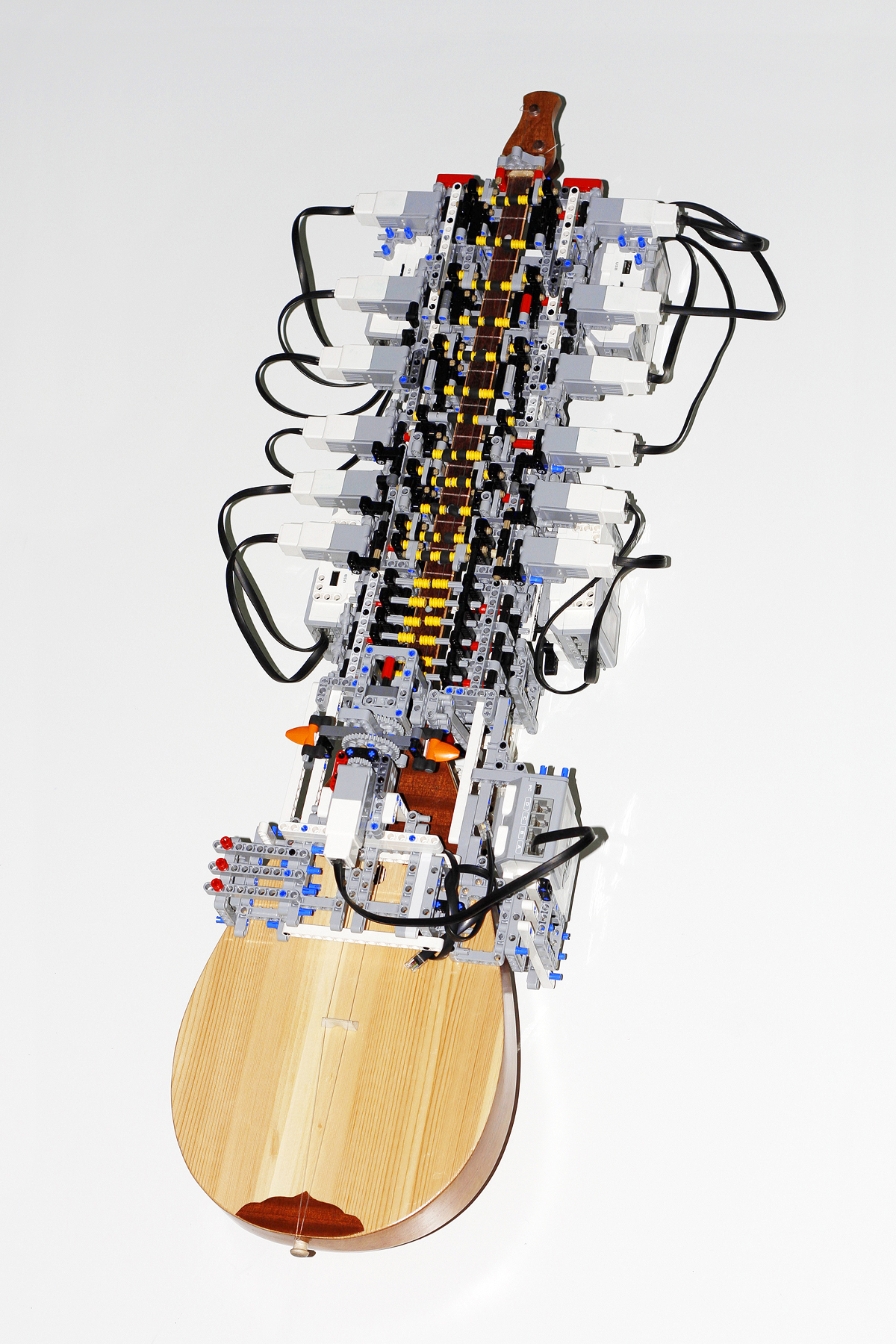
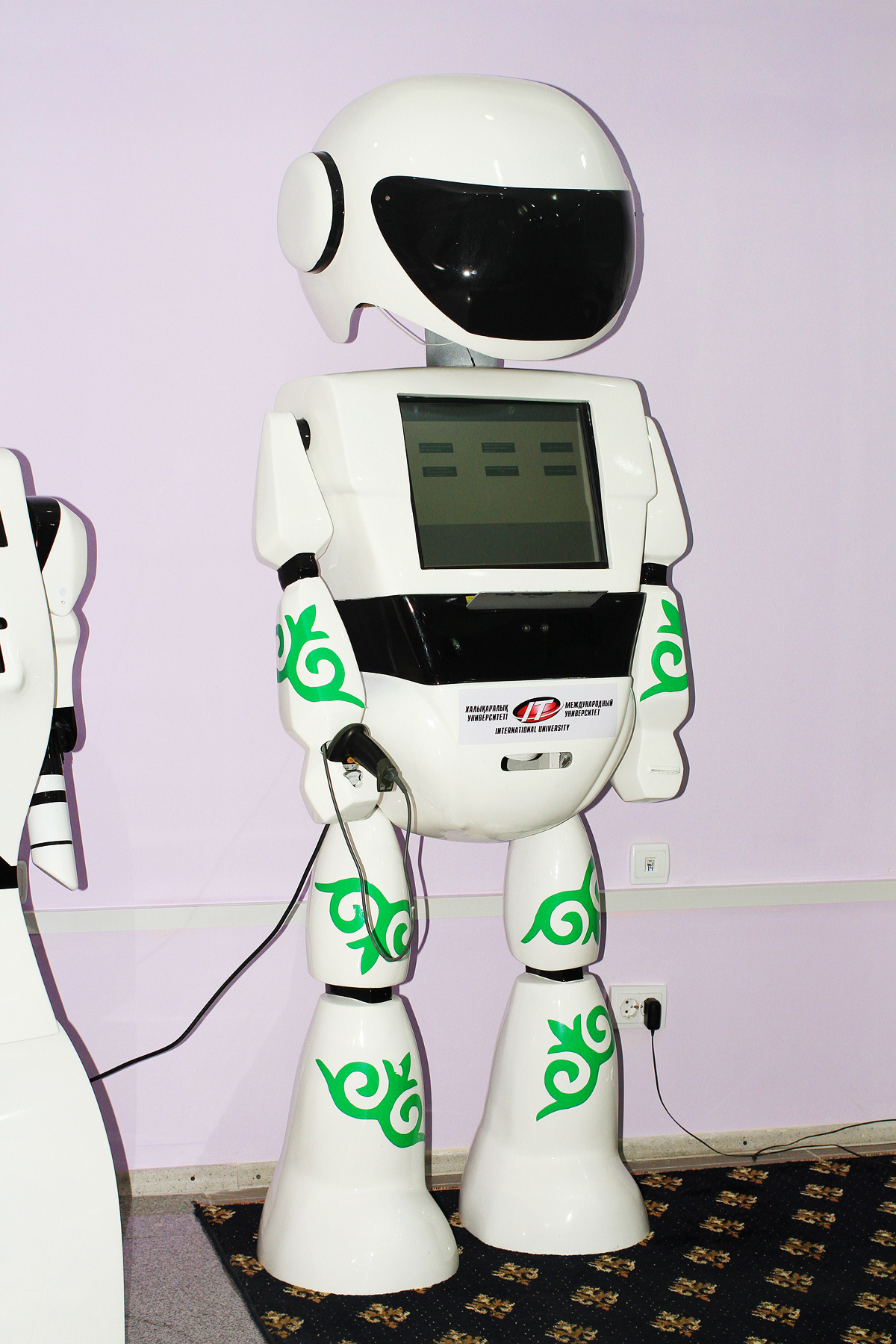
.jpg)
